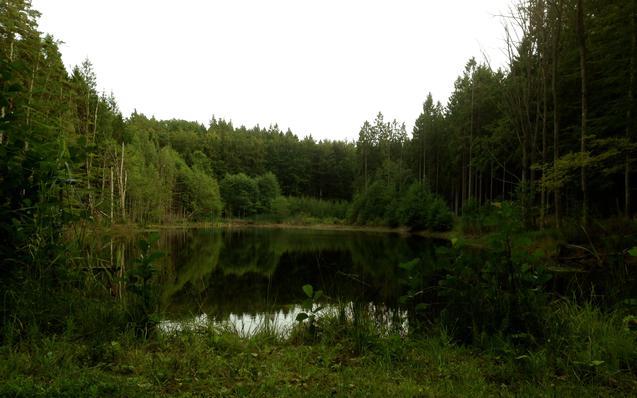Each year thousands of Australian koalas die as a result of disease—but now there is hope.
A joint team of researchers at the Australian Museum and the Queensland University of Technology have made a breakthrough in understanding the koala immune system.
“Our work has shown that the koala does indeed have all of the components of a functioning immune system and this gives us promise that we can understand and control disease in these native animals better,” said Dr. Adam Polkinghorne, researcher at the Queensland University of Technology, in an email.
According to the Australian Koala Foundation, most koalas die as a result of the Chlamydia bacteria and the Koala Retrovirus (KoRV).
”Chlamydial disease is a major issue in Queensland and New South Wales, with disease rates in some populations causing up to fifty percent of female animals to become infertile as a result of their Chlamydial infections,” said Polkinghorne.
Chlamydia can lead to blindness, pneumonia, urinary tract infections and reproductive tract infections, for koalas.
According to Polkinghorne nearly all koalas in the country carry the disease. “We find Chlamydia in most mainland wild koala populations with infection rates up to 100 percent. In many populations, high infection rates do not correlate with high levels of disease and this is something we want to understand more.”
The researchers are well underway in testing a Chlamydia vaccine for koalas. “We anticipate that this vaccine will be a major tool to help aid koala conservation,” said Polkinghorne.
South-west Queensland used to be home to Australia’s largest koala population, but now the koala population has dropped from an estimated 60,000 in 1990 to 11,000 in 2012.
Other challenges for the unique Australian marsupial are the loss of habitat and injury or death from traffic or animals such as dogs and cats. In April last year the Australian authorities declared the koala as being “vulnerable” across the entire country and has listed the animal as a threatened species.




